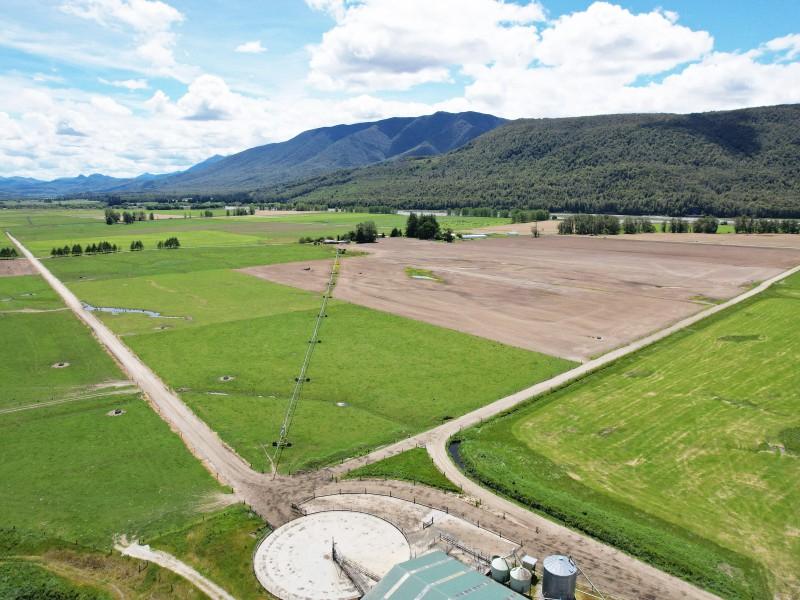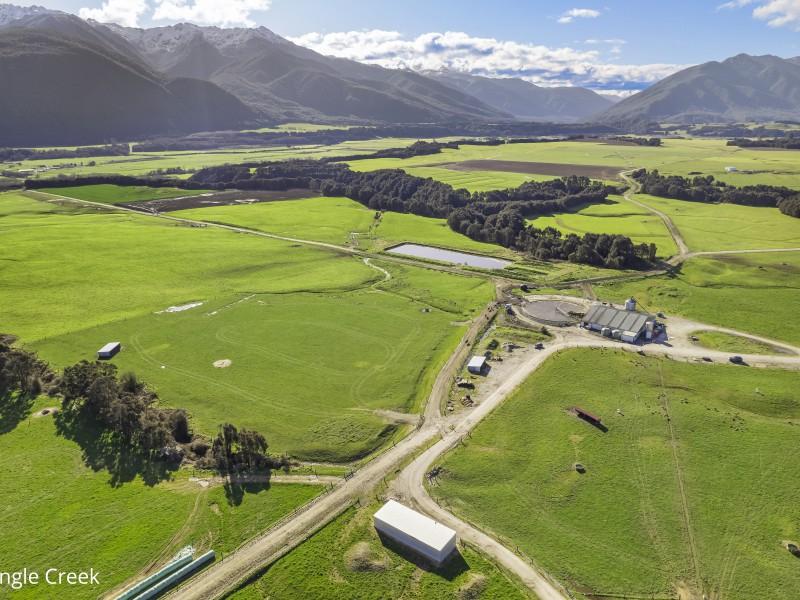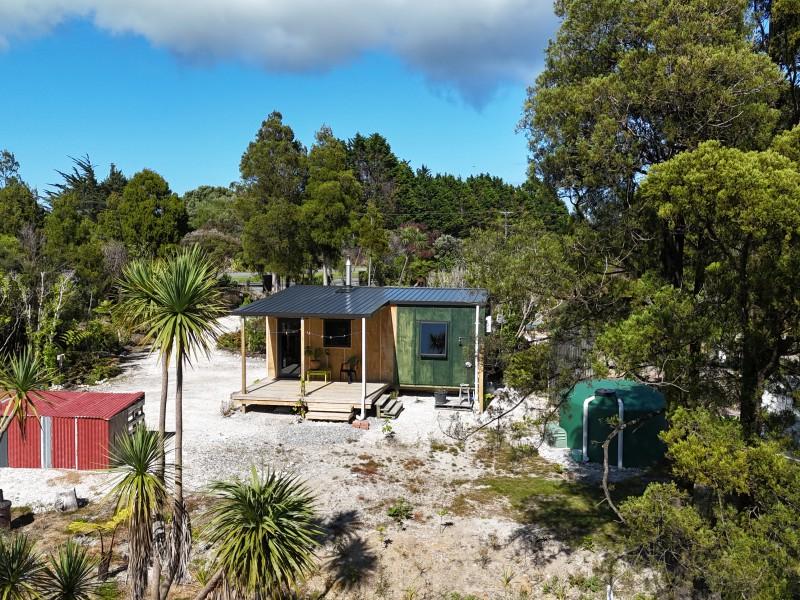Hearings for West Coast’s ‘one regional plan’ begin
From local democracy reporter Brendon McMahon:
Greymouth is the only West Coast town considered an urban area under new national planning standards, the first day of regional plan hearings heard.
The Te Tai o Poutini Plan (TPPP) hearing opened on Monday with a powhiri at the West Coast Regional Council chambers before a panel of five commissioners including chairperson Dean Chrystal.
It comes after four years of developing the draft plan, which began in July 2019.
Principal TTPP planner Lois Easton said the plan would outline the “strategic direction” for the regional economy, such as primary production and mining.
Combining the current three district plans, dating from the 1990s, made the new plan complex, she said.
The TTPP was the first district plan to be developed under the new National Planning Standard (NPS), and is therefore the first to emerge under the new rules of the Resource Management Act (RMA) reforms.
Under the NPS urban development guideline, only the greater Greymouth area with about 14,000 people fitted the definition of being a significant urban area.
Much of the rest of the West Coast's population areas were between 50 and 5000, she said.
Easton said the plan had been developed “under significant resource constraints".
It meant the draft plan had at times only drawn on past “technical advice”, rather than undertaking new research specific to the plan.
Easton said the “big issues” for the region related to primary production, mineral extraction, preservation of bio-diversity, and, significantly, the new requirements to recognise natural hazards.
“The focus on natural hazards is very new for the West Coast as the present (district) plans largely don’t focus on it at all.”
The Government directed the West Coast to combine its current three district plans after the Local Government Commission began investigating ways “to streamline” the region's approach in 2015.
The outcome was “one plan”, which would be developed under a joint committee of the three district councils and the regional council – which was ordered in 2019 to rate for the TTPP.
The joint group overseeing the plan included Poutini Ngāi Tahu, with support from planning staff from the four councils.
Easton said the focus since July 2019 had been “on strategic direction” for the region, while recognising its current plans were “very old”. It looked at developing strategic directions for land use controls.
Feedback on the changes received 534 submissions on 14,000 submission points.
There had also been work with key stakeholders in the region, which generated a high level of community engagement, she said.
“I would note there has been very significant coverage in the local news papers throughout.”
Easton said at its heart, the TTPP was a plan specific to the region, rather than a big urban centre like Christchurch.
Notably, under the new National Planning Standards driving the TTPP, there had to be strategic directions for urban development, primary production, mana whenua, and natural hazard resilience.
Easton, who hails from Gisborne, noted the whole of the West Coast was smaller than her home town – which might be considered small.
However, a lot of work was being done across the other towns to “maximise the existing infrastructure” in support of the core primary economic activities in the region, like tourism, farming, and mining. This was recognised in the plan.
The first week of hearings will be held in Greymouth until Thursday and then the process will run at least monthly, a week at a time, according to each topic chapter contained within the proposed plan.
Riddles to Resolve Your Resolution!
I shave every day, but my beard stays the same.
What am I?
Do you think you know the answer to our daily riddle? Don't spoil it for your neighbours! Simply 'Like' this post and we'll post the answer in the comments below at 2pm.
Want to stop seeing riddles in your newsfeed?
Head here and hover on the Following button on the top right of the page (and it will show Unfollow) and then click it. If it is giving you the option to Follow, then you've successfully unfollowed the Riddles page.

⚠️ DOGS DIE IN HOT CARS. If you love them, don't leave them. ⚠️
It's a message we share time and time again, and this year, we're calling on you to help us spread that message further.
Did you know that calls to SPCA about dogs left inside hot cars made up a whopping 11% of all welfare calls last summer? This is a completely preventable issue, and one which is causing hundreds of dogs (often loved pets) to suffer.
Here are some quick facts to share with the dog owners in your life:
👉 The temperature inside a car can heat to over 50°C in less than 15 minutes.
👉 Parking in the shade and cracking windows does little to help on a warm day. Dogs rely on panting to keep cool, which they can't do in a hot car.
👉 This puts dogs at a high risk of heatstroke - a serious condition for dogs, with a mortality rate between 39%-50%.
👉 It is an offence under the Animal Welfare Act to leave a dog in a hot vehicle if they are showing signs of heat stress. You can be fined, and prosecuted.
SPCA has created downloadable resources to help you spread the message even further. Posters, a flyer, and a social media tile can be downloaded from our website here: www.spca.nz...
We encourage you to use these - and ask your local businesses to display the posters if they can. Flyers can be kept in your car and handed out as needed.
This is a community problem, and one we cannot solve alone. Help us to prevent more tragedies this summer by sharing this post.
On behalf of the animals - thank you ❤️

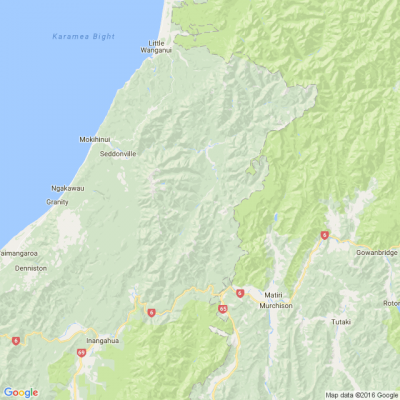
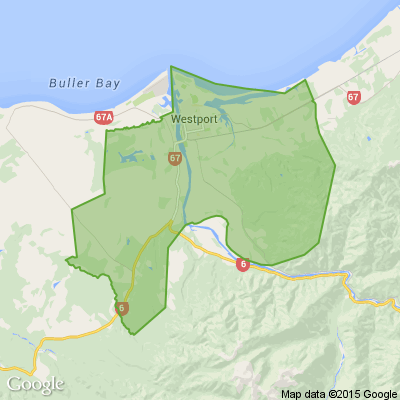




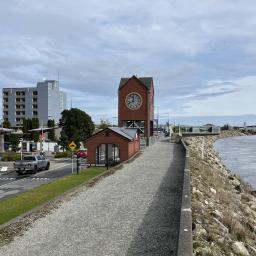


 Loading…
Loading…













